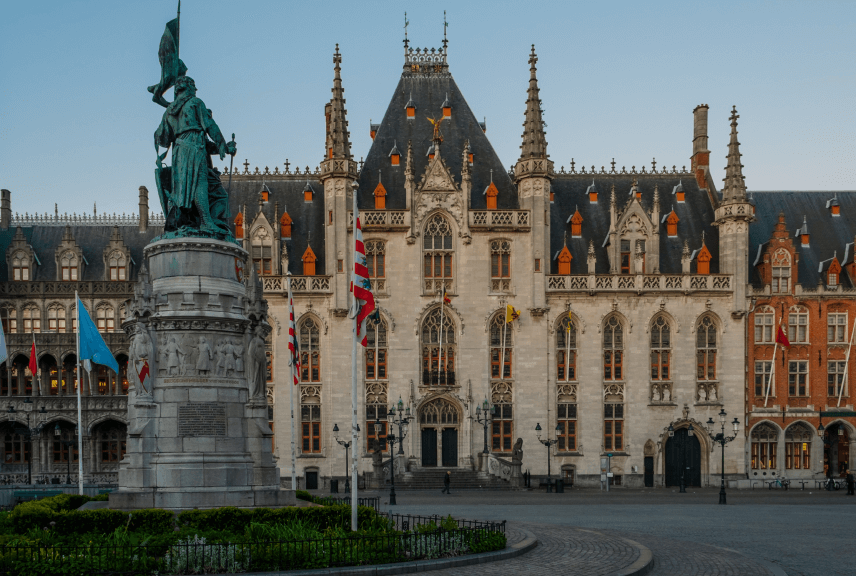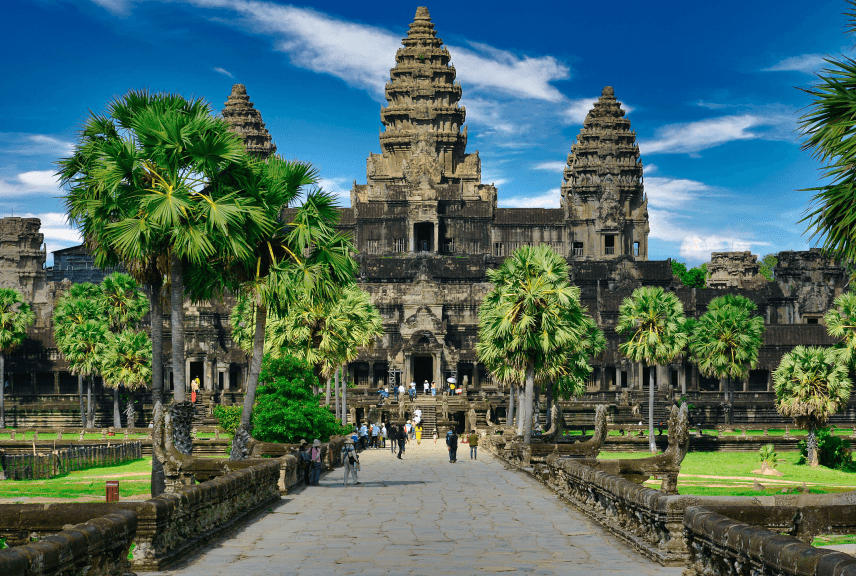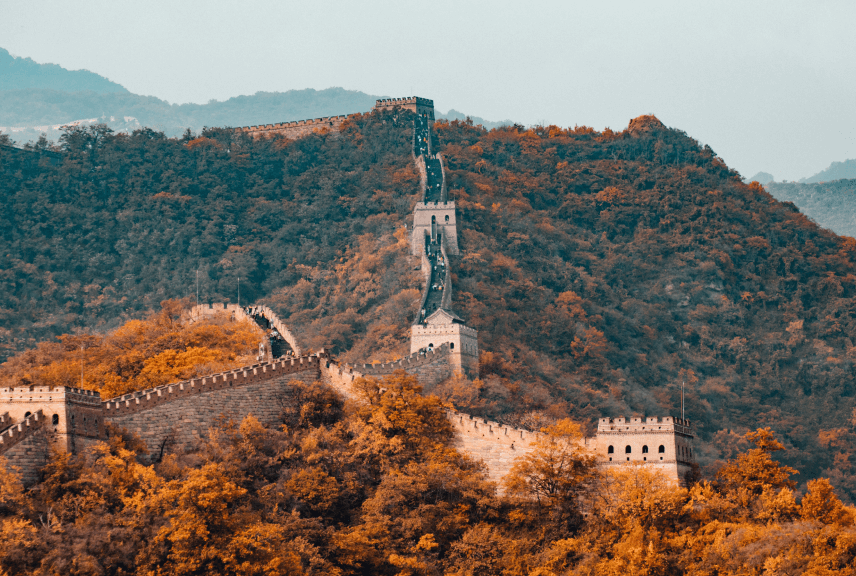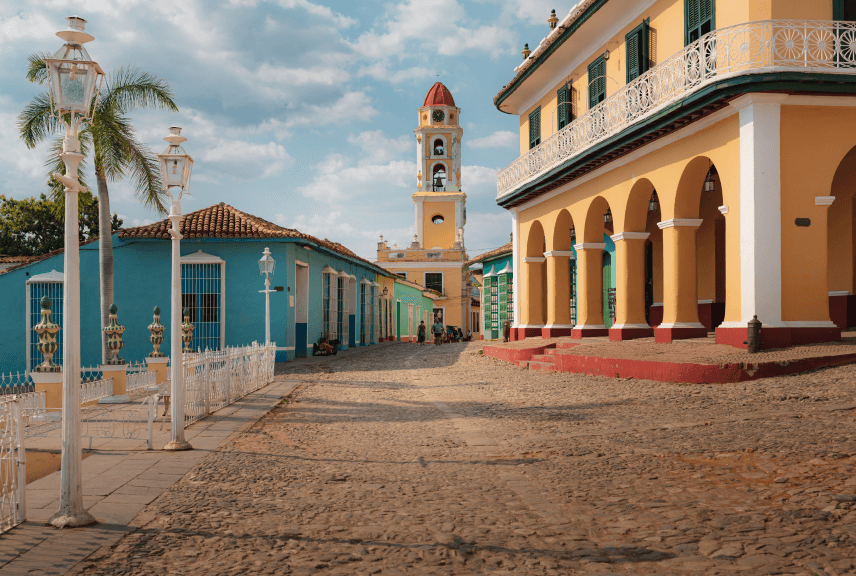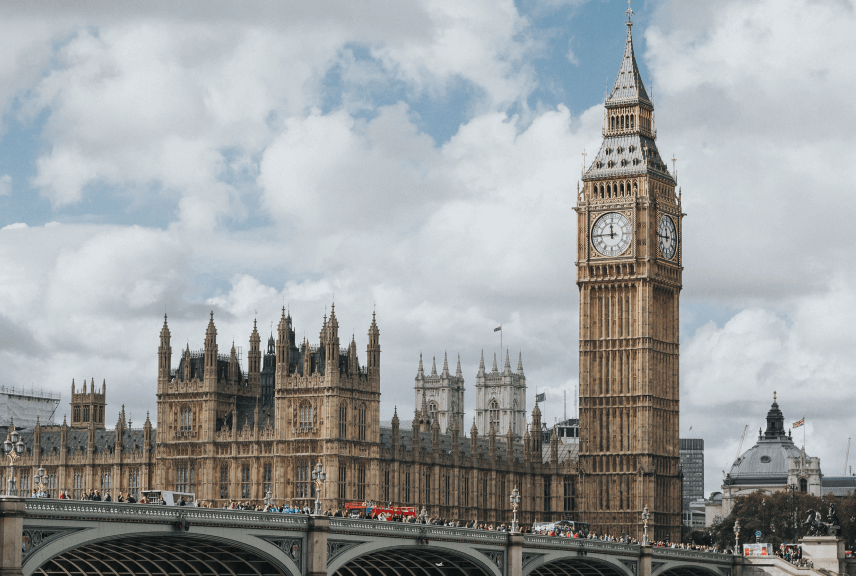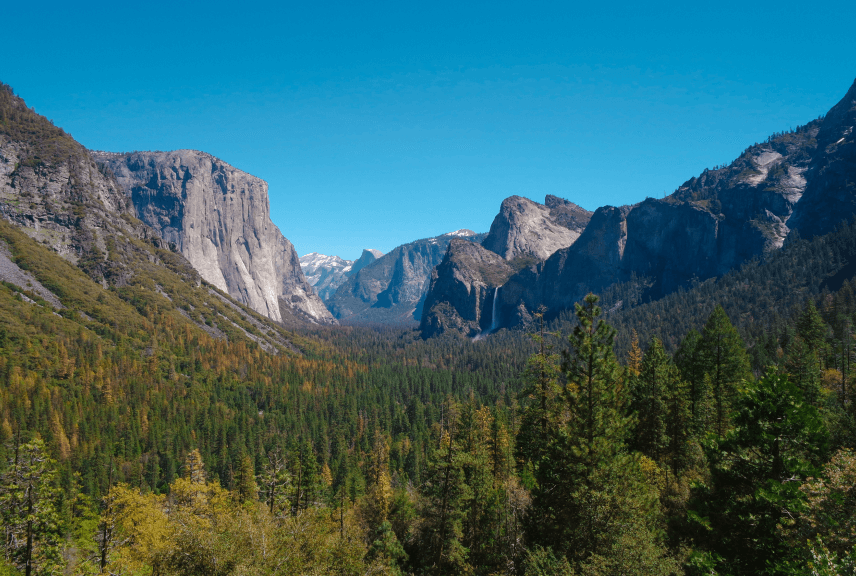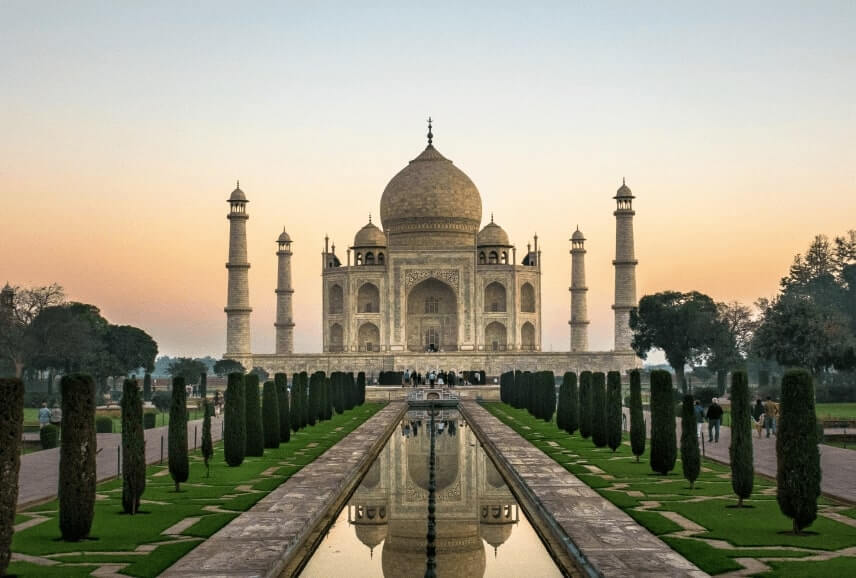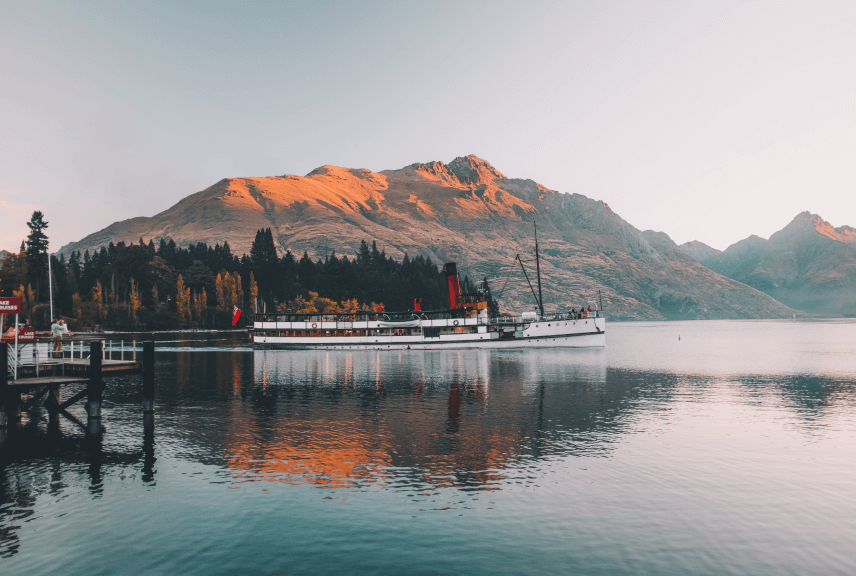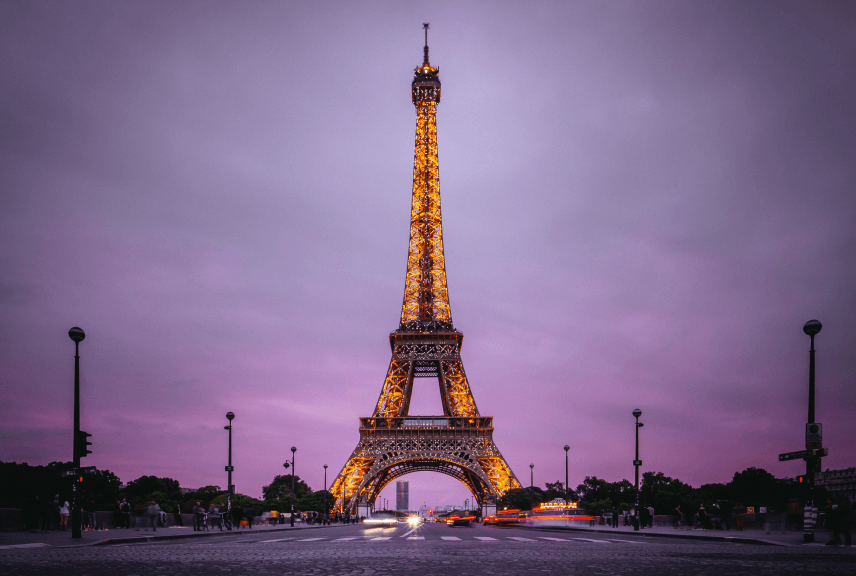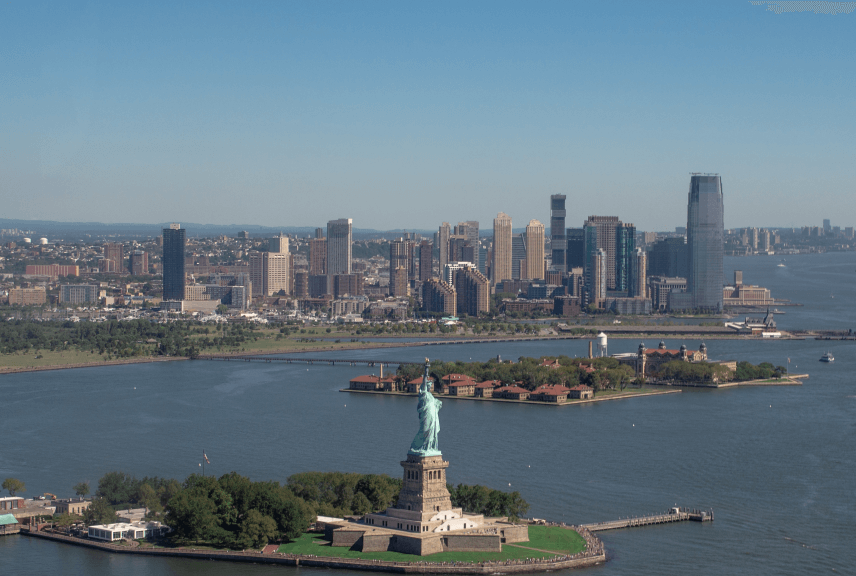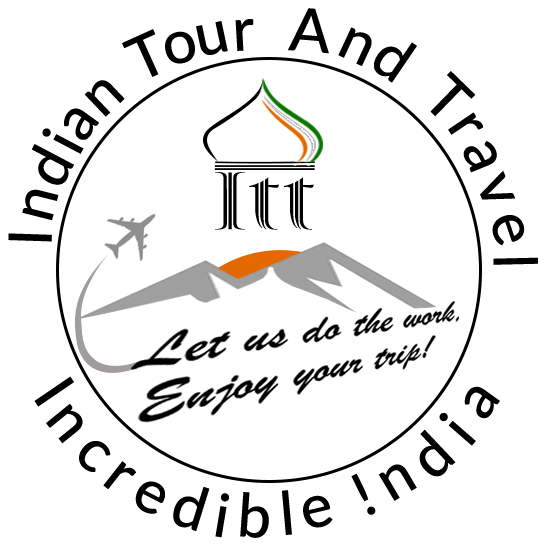War Memorial Museum
Originally known as Qila-e-Mualla, Red fort or Lal Qila was built by the Mughal Emperor Shah Jahan after he transferred his capital to his newly planned city of Shahjahanabad (Delhi) from Agra in 1638. The foundation stone of this massive citadel was laid in 1639 and it was completed after nine years in 1648. Designed by the Mughal architects Ustad Hamid and Ahmad, Red Fort is an important symbolic monument in India even today. Every year on Independence Day (15th August) the Prime Minister of India hoists the national flag and addresses the nation, from the ramparts of Red fort.
Built of red sandstone, the fort has an irregular octagonal shape. Its rampart walls cover a perimeter of 2.41 kilometers and rise to a height of 33.5 meters on the town side and 18 meters on the riverside. The Yamuna River used to flow on the eastern side of the fort when it was built, filling the moat that runs outside the ramparts. The moat was thus a considerable obstacle for an enemy army. However, the moat today remains empty as the river has moved, over 1 kilometer to the east. To the north, a bridge of 900 meters by 550 meters, connects the fort with Salimgarh. It is said that the cost of construction of the whole fort, including the magnificent palaces and other buildings that the fort contains, was around one crore rupees in the Mughal period. However, during the First War of Independence of 1857, the British army occupied Red Fort, and demolished more than 75 percent of the fort. A number of palaces and other structures were razed and massive barracks for soldiers were constructed inside the fort, thereby diminishing the overall elegance and beauty of this imposing stronghold. Though much has changed after 1857, the remaining structures in the fort still reflect the zenith of technical excellence of the craftsmen of Mughal times. Until recently the Indian army was stationed within Red Fort but now the Archaeological Survey of India maintains the entire complex. The remaining palaces lie along the eastern side of the fort, with two three-storeyed main gateways located at the center of the western and southern walls. These gates are known as Lahore Gate and Delhi Gate. There are three other entrances on other sides but they are now closed and entry through them is restricted.
Lahore Gate: The main entrance to the Red Fort is through this imposing gateway flanked by semi-octagonal towers. The gate is named thus because it faces West, towards Lahore in Pakistan. The North-facing gate from where one enters and the fortifications before the original Lahore gate were built later by Aurangzeb to make it more difficult for an attacking army to enter. It is here, at the top of the fortification that the Prime Minister of India hoists the national flag on Independence Day every year. Other senior Indian leaders are seated on either side of the flagpole along the length of the balcony. In 1986 for security reasons all the windows of Shah Jahan’s gateway were blocked with red sandstone. There is also a lift just before the Lahore Gate, built in 1965, which is used on Independence Day. Lahore Gate has several apartments inside it and it is said that the huge bronze-covered wooden door of the gate was so heavy that elephants were used to close and open the door. Across the road from Lahore gate is Chandni Chowk, one of the fascinating markets of Old Delhi
